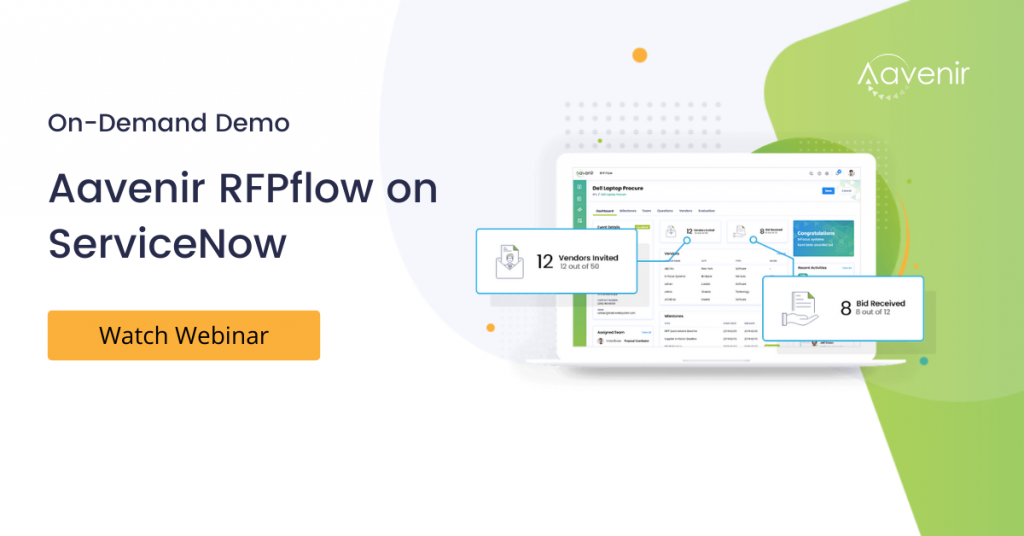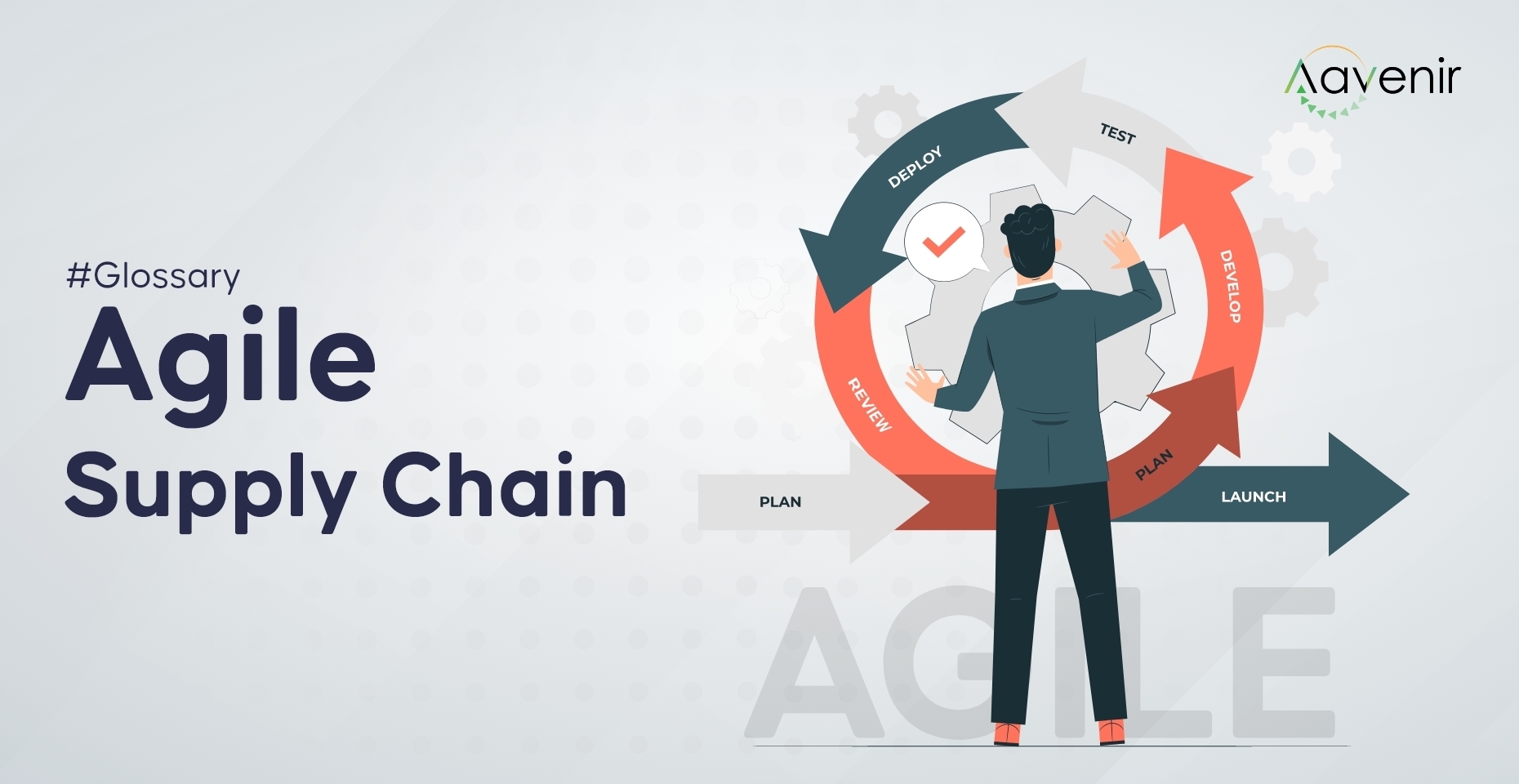What is an Agile Supply Chain?

The agility of an organization can be defined as its ability to quickly adjust to changes in demand, both in volume and variety. The agile supply chain uses up-to-date information to leverage present operations and real-time data to forecast demand, thereby increasing the entity’s total efficiency and productivity.
Before understanding an agile supply chain, we must first understand agility. It is critical to appreciate the value of agility in today’s increasingly demanding business climate, where volatility and unpredictable demand have become the norm.
Competence, responsiveness, quickness, and flexibility are used for the successful management of supply chain functions in an agile supply chain daily. More than speed, becoming more responsive to market needs requires a high level of maneuverability – now referred to as agility.
Benefits of an Agile Supply Chain
An agile supply chain has numerous advantages, including:
- Companies with an agile supply chain can respond to changing customer demand thanks to increased flexibility and demand-driven planning. It allows companies to capitalize on short profit windows and bring goods to market faster than their competitors.
- Due to increased flexibility, agile supply chains are more responsive and adaptable to unexpected changes. For example, the loss of a significant manufacturing partner or a substantial logistical block in a static supply chain would create considerable delays; an agile supply chain can quickly adjust and overcome these challenges.
- The increased visibility and shared chain responsibility enable all supply chain stakeholders to make continual efficiency improvements and, when necessary, outsource supply chain segments to cost-effective third-party logistics providers, resulting in lower costs.
- Another significant advantage of supply chain agility is anticipating unexpected shortages and removing overstock inventories.
- The agile supply chain can react to a wide range of ever-changing circumstances, including the economy, customization, trends, and customer demands, to name a few. Supply chain entities can successfully navigate the turmoil that may arise by developing a supply chain that responds swiftly to such challenges.
What is the Difference Between Lean and Agile Supply Chains?
People frequently misunderstand the concepts of lean supply chain management and supply chain agility, but despite the similarity between these concepts, they also have significant distinctions.
In summary, the lean supply chain emphasizes continuous development. It runs with the fewest dependencies and safety precautions, whereas the agile supply chain is quick and able to handle any surprises that arise quickly.
For instance, when an assembly line must stop owing to insufficient raw materials, a manufacturing company incurs enormous financial losses (referred to as “line down costs”). Although having excessive inventory on hand will increase your agility, doing so comes with a cost (referred to as “inventory carrying costs”).
Nowadays, organizations may combine the two concepts more efficiently than ever, thanks to modern technologies. In the scenario mentioned above, more precise information regarding incoming deliveries and their arrival timeframes can lessen the necessity of maintaining significant stocks of surplus material on hand.
Final Thoughts
The supply chain can now transform how processes work thanks to agile practices. Supply chain partners can collaborate to manufacture the amount of product needed daily rather than quarterly, monthly, or yearly projections.
Agile solutions, in essence, are a way of increasing the lean supply chain’s ability to respond to and nurture supplier-to-customer-to-manufacturer relations. in the eventuality of supply chain disruptions, leaders must be ready to meet these challenges to the best of their abilities.
This emphasizes the importance of cutting-edge technology such as AI (Artificial Intelligence), ML(Machine Language), and precise data in allowing businesses to make the best decisions during a future supply chain crisis.

Explore Additional Resources To Know More





